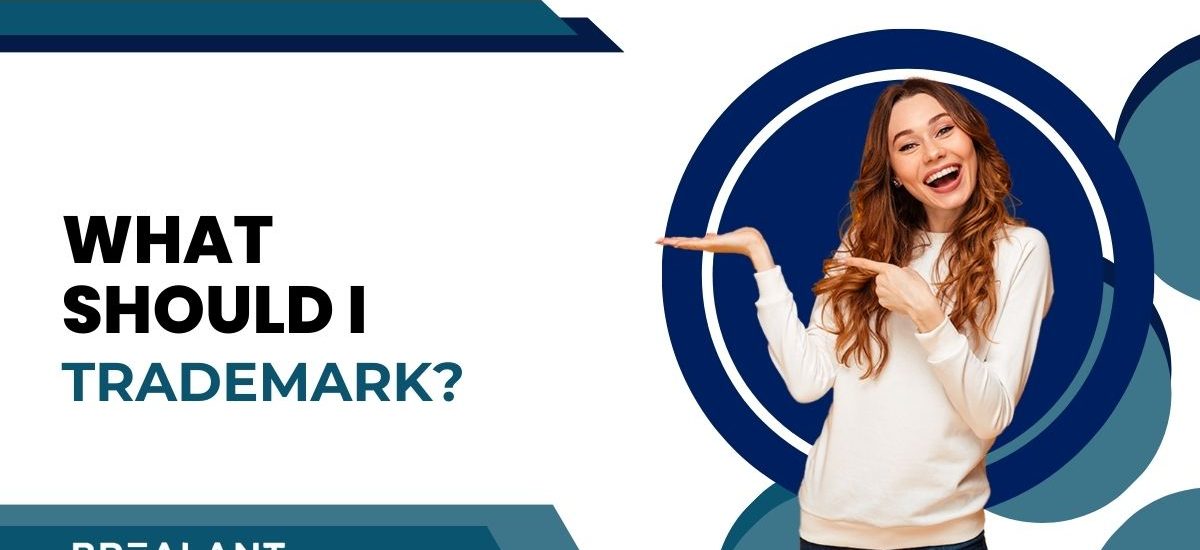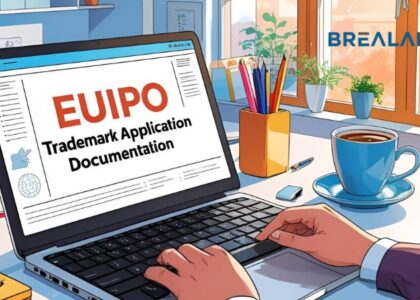Trademarking a product name, symbol, design, or even color can secure legal protections for the business owner. Regarding trademarks, the US Patent and Trademark Office (USPTO) strictly evaluate the mark for validity and determines whether or not to register it. Trademark law provides a way for individuals or businesses to protect their trademarks from infringing. The law prohibits companies from using someone else’s trademark without permission and ensures that trademarks are used in a way that is not likely to confuse consumers.
What can all be trademarked?
Trademarks can be essential for businesses, as they protect the reputation of their products and can help distinguish them from competitors. They can also give owners an advantage in the marketplace, as consumers are likelier to buy products from businesses they trust. Trademarks can be registered for everything that symbolizes your company’s identity and sets your goods apart from your rivals. This includes company or logos, product names, slogans, and other identifying elements. Therefore, you are permitted to trademark everything that sets your goods and services apart from your competitors and aids in brand recognition. Objects that can be registered with the USPTO as trademarks include: names of products (food, clothing, household items), company names and logos, BRANDED eBook titles (example: “The 5 Love Languages”), colors (red, green, blue), words and phrases (examples: “Kleenex is cool,” “Call 1-800-GOT-JUNK?”).
Trademark law applies to various objects, from names and logos to computer programs and sounds. The following are some of the things that can be trademarked:
- Names: You can trademark a name if it is unique and has acquired substantial goodwill within the industry. This includes common names like Mcdonald’s and Coca-Cola, as well as unique names that are not descriptive (Uber).
- Locations: You can trademark a location if it has become associated with your product or service. This includes notable addresses like Rockefeller Center and Walmart.
- Logos: You can trademark a logo that is distinctive and recognizable. This includes marks like Nike’s swoosh and Häagen Dazs’ ice cream sundae logo.
- Sounds: You can trademark a sound if it is particularly catchy or pleasing to listeners. This includes music cuts like Lady Gaga’s “Just Dance” series.
- Computer Programs: You can copyright computer programs, which means you have exclusive rights to produce, copy, sell, or distribute them. This includes applications like Adobe Photoshop and Microsoft Word.
- Commercial Messages: You can trademark commercial messages if they are unique and distinguish your product from your competitors. This includes slogans such as “Good Enough for Government Work” and “It takes two minutes to make cereal; add two inches to your waistline every day!”
What cannot be trademarked?
Patents and copyrights are used to protect original works of art and innovations that cannot be trademarked. Additionally, some brand components are ineligible for trademark protection since they do not point to the origin of a good or service.
- It is not possible to trademark phrases that describe a class of goods or services. For instance, you cannot trademark “motherboard” or “bike.”
- Territorial names that designate the source or location of a good or service are not subject to trademark protection. For instance, “New Jersey” cannot be trademarked.
- No one’s name may be trademarked. For instance, “Paul Fitzgerald” cannot be trademarked.
- Inaccurate trademarks cannot be registered. For instance, if the product is not truly fast, you cannot register a trademark for the phrase “Fast.”
- A mark cannot be registered if it is likely to be confused with an already registered mark.
There are tight guidelines regarding what can and cannot be protected by the United States Patent and Trademark Office, which reviews applications and awards registrations for trademarks.
Trademark law protects businesses from companies that may attempt to unfairly poach their customers by affiliating their products with those of the registered trademark holder. This means that when you buy a product off the shelf, the chances are good that the product was not made by the company that owns the registered trademark. This includes clothing, accessories, books, and even toys.
Depending on the characteristics of your trademark, you may be able to protect it through advertising, packaging, or even business models. Before taking action, it is important to investigate what protections your trademark might offer you.
Conclusion
Many businesses may overlook the potential protection that trademarks offer and fail to take appropriate measures to protect their intellectual property. This could lead to rivals unfairly capitalizing on the owner’s good name and undermining their business. If you are concerned about your company’s trademark portfolio or want to ensure that your intellectual property is properly protected, consult an attorney.
Disclaimer-Brealant provides access to independent attorneys and self-service tools, is not a law firm, and does not provide legal advice.










